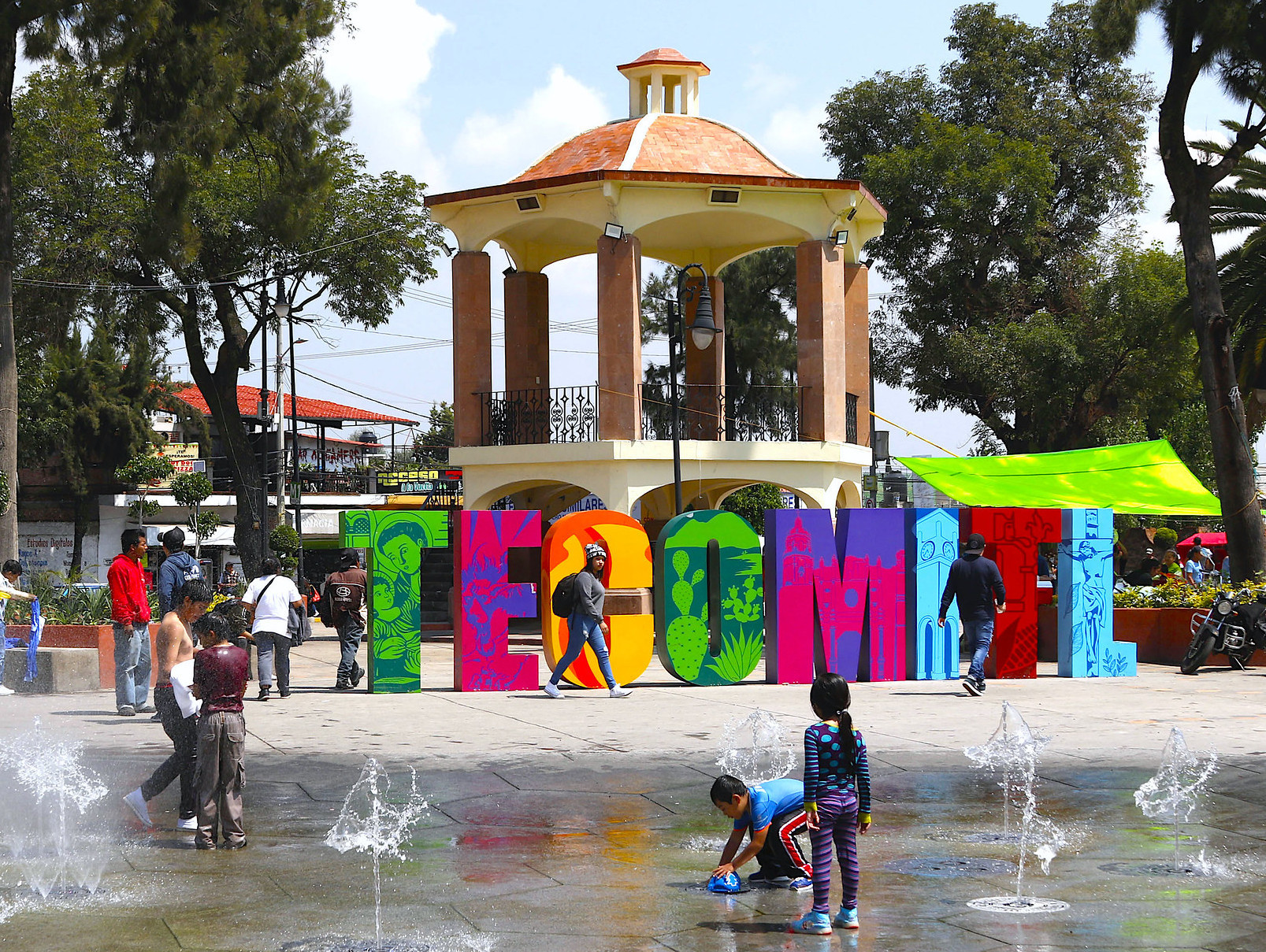
San Antonio Tecómitl is one of Milpa Alta’s Pueblos Originarios, and a remarkable one. Set around the parish church dedicated to Anthony of Padua, it’s a charming town and the home to the region’s first FARO cultural center and art school. It’s just a few minutes to the northeast of Villa Milpa Alta.
The church was built by the Franciscans in the 16th century. It was declared a historical monument in 1933. The style is considered eclectic in that some details are boldly Neoclassical. Beneath those details is Baroque understanding of mass and form, but the bell tower arches are semi-circular and held up by Doric columns. Windows are, unusually, Gothic with stained-glass windows and protected from above by Catalan vaults.
Within the church, records of marriages, baptisms, and deaths have been kept going back centuries. A number of chalices, and ecclesiastical instruments have survived the Religious Reform period of the mid-19th century that emptied so many similar church treasuries. The art inside this one is generally baroque, but there are also a number of notable watercolors. Around the altar, the life of Saint Anthony of Padua is depicted, also in watercolors. The church library holds rare copies of the Mystical Theology of Buenaventura, the Chronicles of San Francisco of Assisi and the Art of the Mexican Language.
The church is surrounded by the Plaza Corregidora with the kiosk (in the photo above). There’s almost always a lot going on here.
Tecómitl, of Nahuatl origin, derives from the word tecome. This is thought to be an adulteration of tecomic: tetl-stone, comitl-pot and co-in. Hence the name is thought to mean “in the stone pot.” Much of the legend and significance of the name is preserved in the Olla de Piedra Chapel. It’s must-see when you visit.
Founded in 1140, San Antonio Tecómitl is primarily known today for its mysticism. So-called nahuales, people who transform into animals like dogs, donkeys, and pigs, are common seemingly wherever Nahuatl is spoken. But Tecómitl is the epicenter of such legends. This is in large measure thanks to a book, Witches, Nahuals and Serpents (Brujas, nahuales y serpientes) by Anabell Chavira. The book relays many of the town legends, and today one is remembered at one of the town entrances.
For many of these reasons, the town cemetery is one of the most visited on Day of the Dead at the beginning of each November. Festivities are known to spill well out of the cemetery, onto the east side of the town, and continue even into the town center.
Tecómitl is also home to one of the two FARO art centers serving Milpa Alta. And visitors are encouraged to check out their schedule of events whenever they’re in town.
 +52 80 0008 9090
+52 80 0008 9090
 https://www.facebook.com/sanantonio.tecomitldf.3/
https://www.facebook.com/sanantonio.tecomitldf.3/
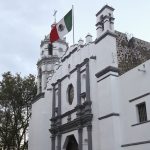
Nearest at 0.11 kms.
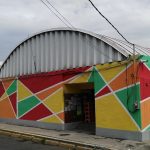
Nearest at 0.41 kms.

Nearest at 0.60 kms.
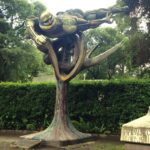
A final resting place for some of Mexico's most important people . . .

A park that comes alive with colorful animals in Tláhuac . . .
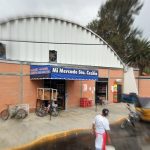
One of Tláhuac's great traditional neighborhood markets . . .
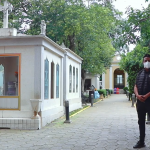
One of the most haunted places in the Center of Tlalpan . . .